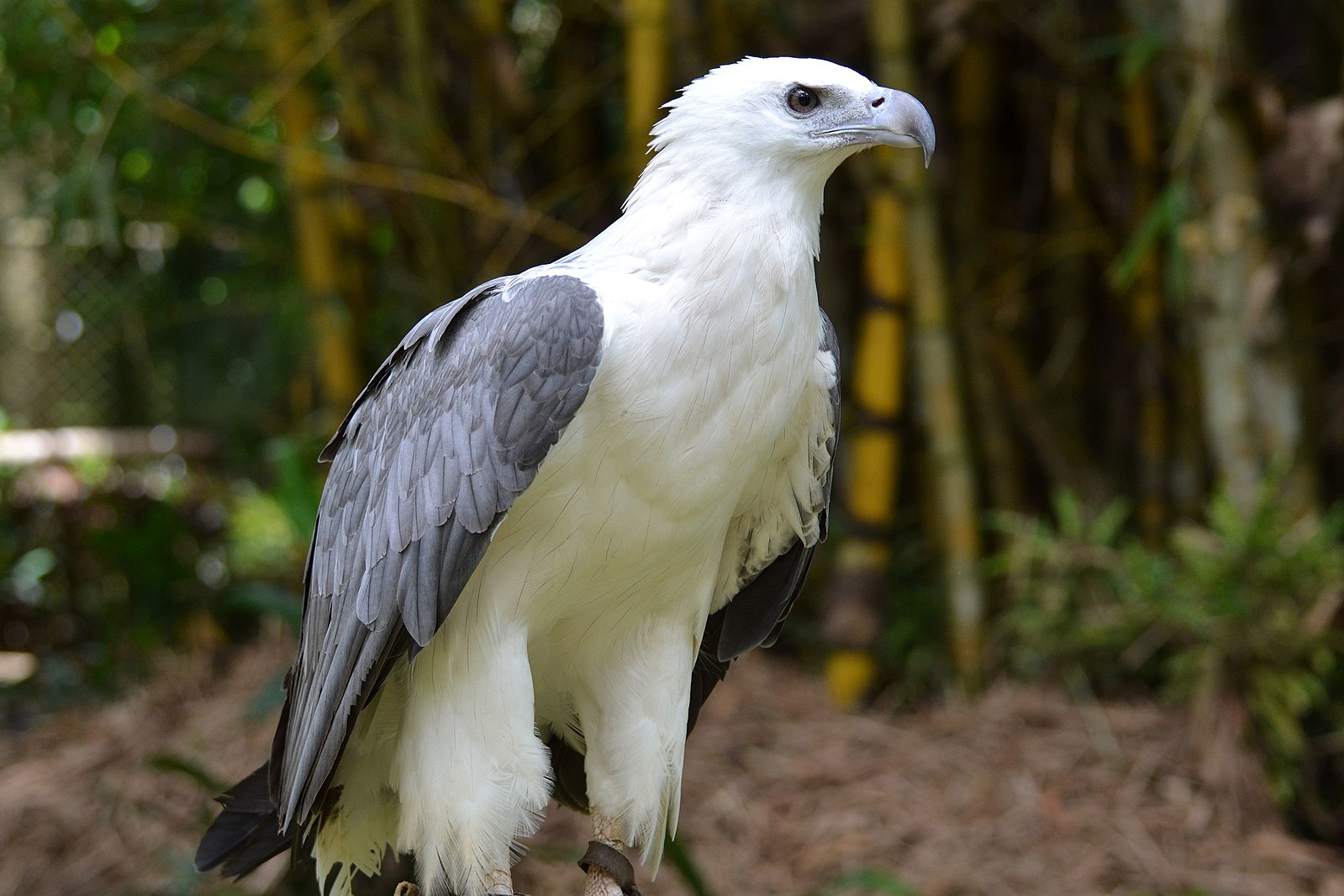White-bellied sea eagles (Haliaeetus leucogaster) are known for their impressive size, hunting skills, and striking appearance. These birds are found in coastal and inland areas throughout Southeast Asia, Australia, and India. One important aspect of their biology is their breeding behavior, which includes the potential abandonment of their eggs.
Do White-Bellied Sea Eagles Abandon Their Eggs?
The short answer is that white-bellied sea eagles do not typically abandon their eggs. While it is true that only one chick usually survives in a nest, this is not due to the parents abandoning the second egg. Instead, it is a natural part of their breeding behavior.
Reasons for Egg Abandonment
 Image source: bellied sea eagle by shankar s
Image source: bellied sea eagle by shankar s
There are a few reasons why white-bellied sea eagles may abandon their eggs:
-
Infertile Eggs: If the first egg laid is infertile, the parents may focus their attention on the second, viable egg, effectively abandoning the first.
-
Weak Chicks: If the first chick to hatch is weak or sickly, the parents may prioritize feeding the stronger, more active chick, leading to the neglect and eventual death of the weaker sibling.
-
Disturbance and Habitat Loss: Human activity and development near nesting sites can cause white-bellied sea eagles to abandon their nests and eggs. Deterioration of their natural habitats can also make it harder for them to find food and successfully raise their young.
Breeding Behavior and Nest Building
White-bellied sea eagles are known to mate for life and share the same hunting range. They typically breed from May to October, engaging in impressive aerial displays and nest building. Both parents help construct and repair the nest, which can be up to 4 meters deep and 2.5 meters wide.
Females lay a clutch of two eggs, which are incubated for around six weeks, primarily by the female. However, as mentioned earlier, only one chick typically survives, as the parents feed the noisier, more active chick first.
Conservation Efforts
Despite the challenges faced by white-bellied sea eagles, conservation efforts are underway to protect these birds and their habitats. These efforts include:
- Protecting areas of native vegetation to provide suitable nesting sites
- Reporting any interference with nests or disturbance of sea eagles
- Raising awareness about the importance of these birds to local ecosystems
By understanding the breeding behavior and potential threats to white-bellied sea eagles, we can better support the conservation of these impressive birds and ensure their continued presence in the ecosystems they call home.
References:
- NCBI, “Conservation status of the White-Bellied Sea-eagle Haliaeetus leucogasterin Australia determined using mtDNA control region sequence data,” Conservation Genetics, vol. 6, no. 3, pp. 413-429, 2005.
- Creatures of the World Wikia, “White-Bellied Sea Eagle,” accessed on April 20, 2024, https://creatures-of-the-world.fandom.com/wiki/White-Bellied_Sea_Eagle.
- DEWNR, “Discussion paper – March, 2015 The White-bellied Sea Eagle as a key indicator species by which to measure the health and stability of coastal ecosystems,” accessed on April 20, 2024, https://cdn.environment.sa.gov.au/landscape/docs/ki/wbse_d-paper_-_revised_mar_15_copy.pdf.
- Beasts of Hong Kong, “Three big birds – White bellied sea eagle,” accessed on April 20, 2024, http://beastsofhongkong.blogspot.com/2012/07/three-big-birds-part-2-white-bellied.html?m=1.
- DEWNR, “White-bellied Sea-Eagle,” accessed on April 20, 2024, https://cdn.environment.sa.gov.au/landscape/docs/hf/white-bellied-sea-eagle-bio-region-fact.pdf.

